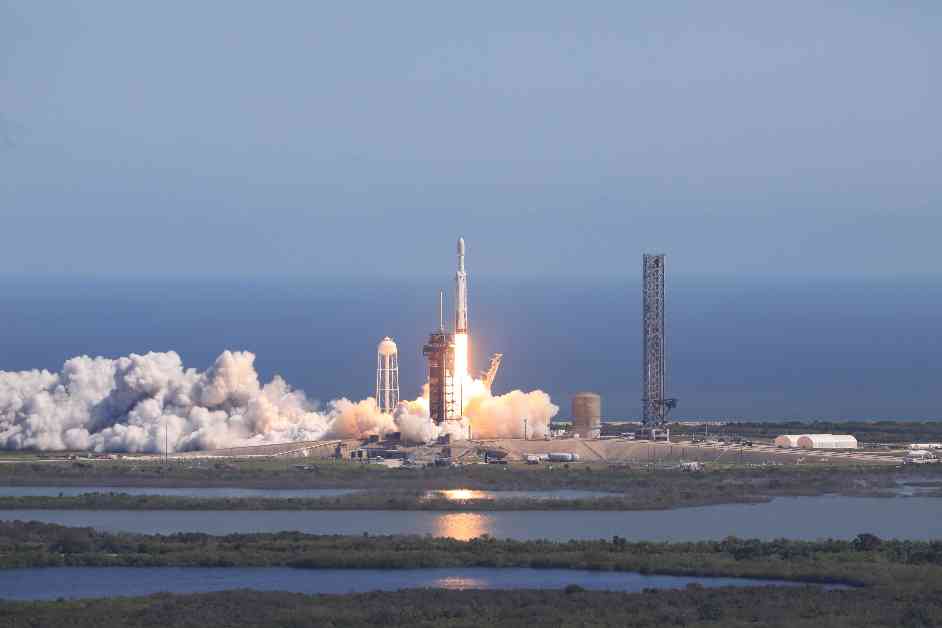NASA has launched the Europa Clipper mission to explore Jupiter’s moon, Europa, which is believed to have an enormous subsurface ocean that could potentially support life. The spacecraft was launched on a SpaceX Falcon Heavy rocket from NASA’s Kennedy Space Center in Florida. This mission is significant as it is the first dedicated to studying an ocean world beyond Earth.
The spacecraft will travel a total of 1.8 billion miles on its journey, using gravity assists from Mars and Earth to reach Jupiter in April 2030. The Europa Clipper will orbit Jupiter and fly past Europa 49 times to gather crucial information. The main goal of the mission is to determine whether Europa has conditions that could support life. The moon is known to have a salty ocean beneath its icy surface, which could harbor organic compounds and potential energy sources.
The spacecraft is equipped with nine science instruments and a gravity experiment to study Europa’s icy shell, thin atmosphere, and deep interior. It will also look for areas of warmer ice and recent eruptions of water. The mission aims to uncover the mysteries of Europa and explore its astrobiological potential for habitable worlds beyond Earth.
Europa Clipper carries the largest solar arrays NASA has ever used for an interplanetary mission to power its sophisticated instruments in the faint sunlight of Jupiter. The spacecraft, weighing about 13,000 pounds, has been a collaborative effort involving more than 4,000 people since its approval in 2015.
Managed by Caltech and NASA JPL, the mission is a joint effort with the Johns Hopkins Applied Physics Laboratory. The spacecraft was designed in collaboration with several NASA centers, including Goddard Space Flight Center, Marshall Space Flight Center, and Langley Research Center. The Launch Services Program at NASA Kennedy managed the launch service for the Europa Clipper spacecraft.
Overall, the Europa Clipper mission represents a significant step in NASA’s exploration of the solar system and its search for potential habitable worlds beyond Earth. The insights and discoveries from this mission will not only expand our knowledge of Europa but also inspire future exploration and scientific endeavors.













